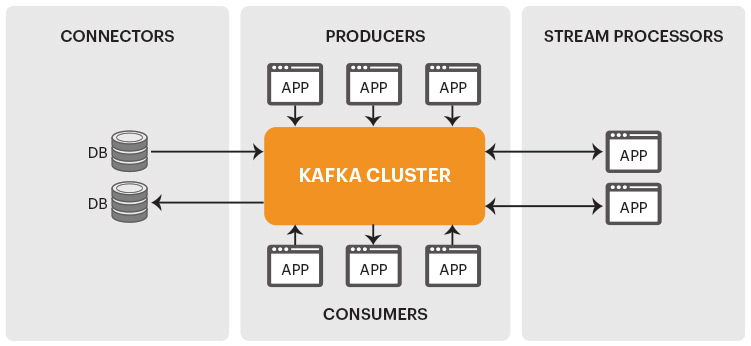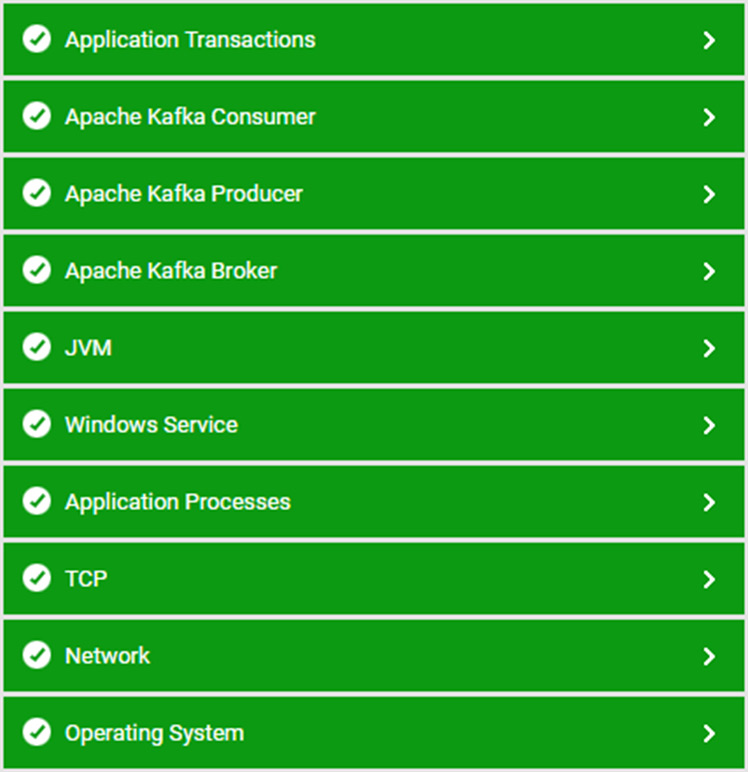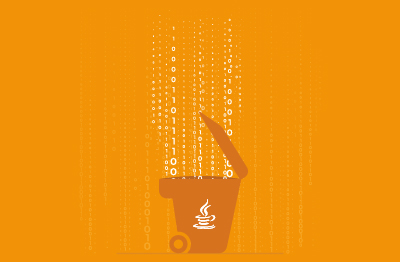Apache Kafka
What is Apache Kafka?
Apache Kafka is a distributed event store and stream-processing platform. It is an open-source system developed by the Apache Software Foundation written in Java and Scala. It is designed for handling real-time data streams and is often used in large-scale, distributed, and data-intensive applications. Kafka is used for messaging, monitoring and metrics collection, logging, website activity tracking, real-time analytics and many other use cases.
Kafka is often chosen for large scale or high-volume message processing applications since it is more robust and reliable and offers better fault-tolerance when compared to some other message queue technologies. Interest in Kafka has been driven in a large part by its suitability for facilitating communication between microservices in distributed systems and containerized architectures or frameworks (such as Kubernetes).
Unlike messaging technologies such as RabbitMQ, Kafka does not use AMQP or other standard protocols for communication. Instead, it uses a proprietary binary TCP-based protocol that is optimized for efficiency and relies on a "message set" abstraction that naturally groups messages together to reduce the overhead of the network roundtrip. More information on the Kafka wire protocol can be found here, Apache Kafka Wire Protocol.
Kafka is used by thousands of companies including over 80% of the Fortune 100, details of Kafka usage are provided on the Kafka website: Apache Kafka Usage.
The Kafka architecture – How it works
Key features and components of Apache Kafka include:

Apache Kafka is implemented in Java and runs on the Java Virtual Machine (JVM). Kafka's architecture is built around the JVM, with Kafka brokers being Java processes that manage message storage, replication, and data distribution. The JVM is responsible for memory management, garbage collection, and efficient execution of Kafka broker processes. Kafka's support for multiple client libraries allows developers to use Kafka with various programming languages, not just Java.
Proper configuration and tuning of the JVM are essential for ensuring Kafka's reliability and performance. Any monitoring tool used for Kafka monitoring needs to cover the JVM stack well. Beyond this the performance of the JVM depends on lower tiers such as the OS and hardware / cloud and those dependencies need monitoring too.
How Kafka works – An online eCommerce store
Scenario: Imagine an e-commerce website that relies on Kafka to manage its order processing and customer interactions.
What are the key metrics to monitor for Apache Kafka?
Monitoring Apache Kafka effectively involves tracking key metrics and aspects of your Kafka cluster to ensure optimal performance, reliability, and fault tolerance. Key categories of metrics to monitor are:

eG Enterprise layered model allows full-stack visibility on Kafka usage
Kafka is highly resilient to broker failures, ensuring that data remains available and durable, and the system continues to operate with minimal disruption even in the presence of hardware failures or other issues. Proactive and continual monitoring will allow you to optimize your IT operations by identifying genuine faults and issues masked by Kafka’s fault-tolerance and self-correction.
What free or open-source monitoring tools can I use to monitor Apache Kafka?
Popular tools to monitor Kafka include:
Most organizations leveraging Kafka in production need the full stack visibility and enterprise support and features offered by an enterprise monitoring product that also includes JVM / Java support and APM features. Popular third-party tools for monitoring and troubleshooting Kafka include: DataDog, Dynatrace, New Relic, AppDynamics and eG Enterprise.
What is Amazon Managed Service Kafka (MSK)?
Amazon Managed Streaming for Apache Kafka (Amazon MSK) is a fully managed service that enables you to build and run applications that use Apache Kafka to process streaming data. Amazon MSK provides control-plane operations, such as those for creating, updating, and deleting clusters. It lets you use Apache Kafka data-plane operations, such as those for producing and consuming data. It runs open-source versions of Apache Kafka. This means existing applications, tooling, and plugins from partners and the Apache Kafka community are supported without requiring changes to application code. You can use Amazon MSK to create clusters that use any of the supported Apache Kafka versions.
Information on monitoring and troubleshooting Amazon MSK is available, here: What is AWS Managed Service Kafka? (eginnovations.com).
Learn about eG Enterprise's comprehensive monitoring and observability for Kafka: Apache Kafka Monitoring | eG Innovations.




